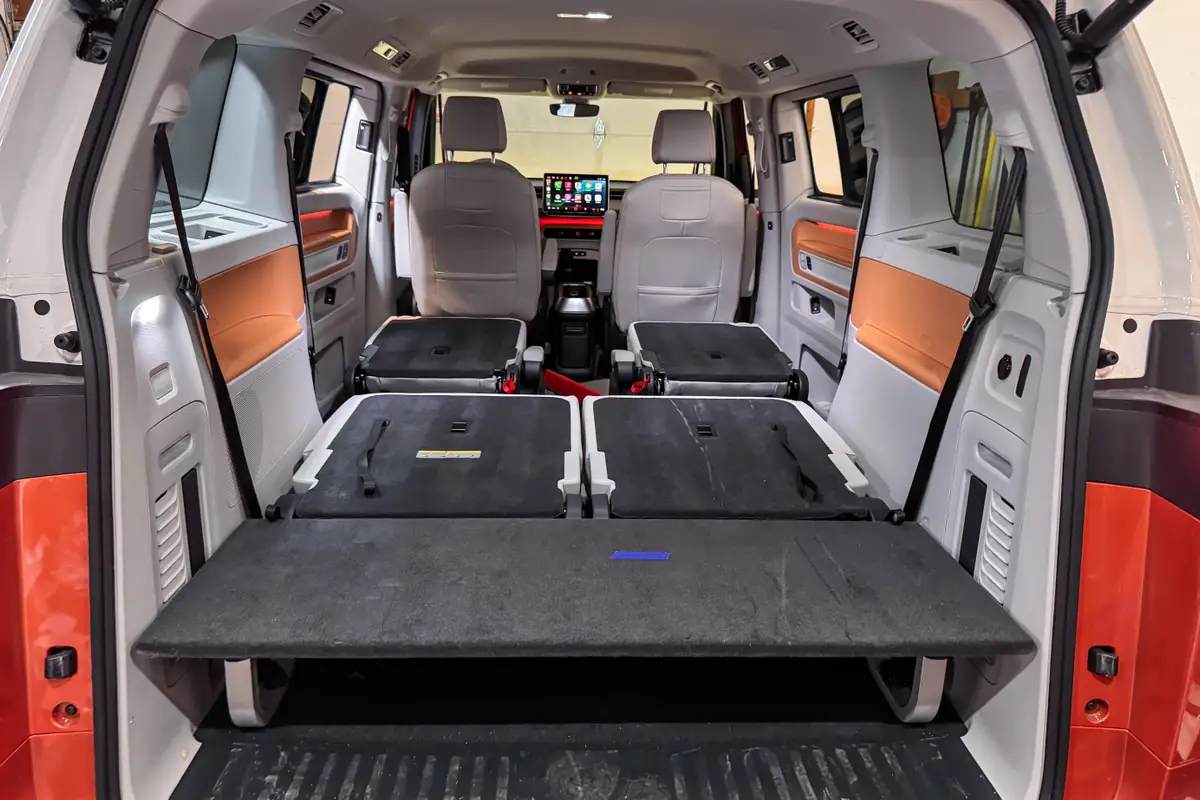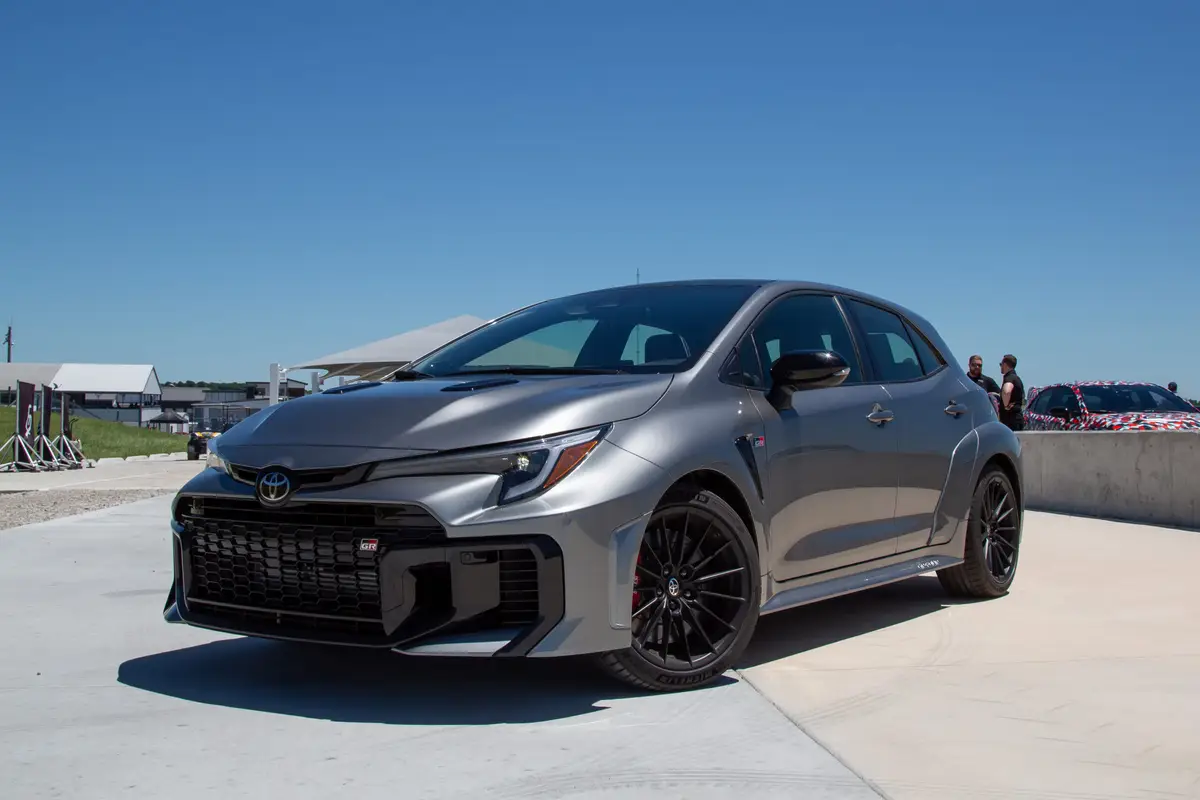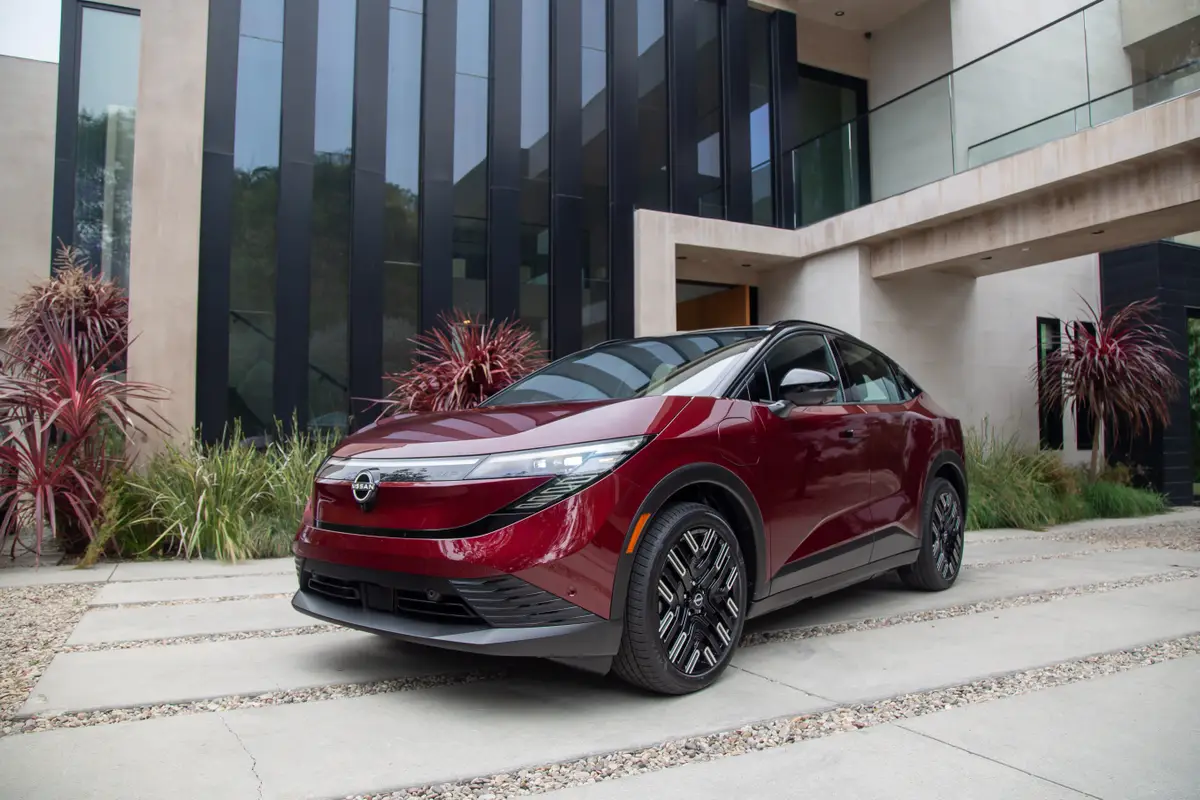Road Test Review: Mopar Ram Runner by KORE
Words by Mike Levine and Dan Sanchez, Photos by Mike Levine
At 50 mph and with all four tires about 18 inches above the floor of the Mojave Desert, the Mopar Ram Runner we’re piloting instantly etches smiles on our faces. But what was more impressive is the smooth and controlled jumps and landings that follow (repeatedly) that confirm Chrysler’s high-performance off-road kit is the real deal in providing a credible, albeit expensive, alternative to the turn-key Ford F-150 SVT Raptor.
We recently spent a week with a Ram Runner, assembled by veteran Baja racer and suspension development guru Kent Kroeker. Kroeker diligently engineered and developed the kit for more than three years with his staff at KORE, outside San Diego, before turning it over to Mopar to sell to the general public.
If you’re not familiar with the Ram Runner package, it’s now available to turn almost any 2009-2012 Ram 1500 4×4 into a “no compromise” off-road racer all at once, or piece-by-piece, at your own pace and budget.
The Ram Runner's approach angle is a massive 41-degrees in front while the rear has a 30-degree departure angle, both perfect for romping over low-speed whoops.
The Baja-racer-like truck we tested came with the full enchilada of bolt-on desert racing hardware, including the Ram Runner Stage 2 suspension, custom front bumper, bed-mounted tubular spare tire carrier, wide-body fiber glass front and rear fenders, sport performance hood and cold-air intake system for the 5.7-liter Hemi V-8. Also added were Pro Comp Xtreme Alloy wheels, General Tires and LED running lights. That’s more than $20,000 worth of parts before factoring in labor costs for the upgrades.
But to keep costs down, Kroeker has done what enthusiasts can’t do with a Raptor: He turned a used 2009 Ram 1500 Quad Cab 4×4 with only 10,000 miles on the odometer into a Ram Runner. The base model Ram half-ton was in good shape and came with a 5.7-liter Hemi V-8. It cost only $21,000 from a dealer in Las Vegas, saving the expense of buying an all-new pickup.
The Ram Runner was conceived from the beginning to build upon the Ram 1500’s natural strengths, including its unique (among half-ton pickups) five-link coil-spring rear live axle for excellent ride and handling off-road.
The Ram Runner is more than six inches wider than a stock Ram, thanks to custom three-inch longer front upper and lower independent suspension control arms. That extra width translates into stability in corners and high-speed turns while preserving the stock suspension geometry. Instead of using conventionally circular ball joints for steering, the ball joints are oval to maintain the boundaries of the factory geometry. They’re also fully rebuildable.
We spent several hours punishing the Ram Runner at Johnson Valley Off Highway Vehicle Park, located in the Mojave Desert north of the San Bernardino Mountains in Southern California. On almost any weekend you can find a wide mix of off-road enthusiasts running everything from dirt bikes to purpose-built rock crawlers on Johnson Valley’s variable terrain.
The Ram Runner handled every abuse we threw at it, from deeply rutted and heavy washboard-surfaced dirt roads to a rough and sandy dry wash at speeds in excess of 50 to 60 mph. The entire time the ride was incredibly smooth and predictable.
Low-speed crossings over deep ruts launched the front of the Ram Runner in the air as if we were hopping a ‘65 Impala in a low-rider competition. But what would have killed lesser trucks didn’t scratch the Ram Runner. A quick inspection underneath the truck after such harsh treatment showed no signs of weakness. Even the painted alignment marks on the control arm’s cam bolts remained in their original position.
The Ram Runner's suspension provides 14-inches of travel in the front and rear.
A long, straight, hard-packed dirt road gave us the opportunity to launch the truck in the air at 50 mph. The landing with the large 3-inch-diameter triple internal bypass Fox reservoir shocks was smooth and the front tires never dug into the wheel wells or hit hard, due to the internal bump stops in the shocks.
Another physical advantage we noticed, traceable to KORE’s off-road racing experience, was how much the Ram Runner’s bed-mounted spare tire carrier help smooth out the tough stuff. The extra weight of the wheel and carrier acted as a counter balance to the front end, smoothly damping extreme fore-aft body motion to levels that helped build confidence in the truck’s capabilities.
Acceleration from the stock 390 horsepower 5.7-liter Hemi V-8 was always more than enough for what we needed, though there was a transient whistle noise we heard at certain RPMs, possibly caused by a small vacuum leak.
But while the Ram Runner offers nothing but exceptional performance crossing the desert at high speeds, one area it falls short is braking. Unlike the F-150 Raptor, the Ram Runner kit does nothing to integrate or recalibrate the vehicle’s drivetrain and running gear electronics for off-roading. It’s easy to mimic 80 percent of the Raptor’s Off-Road Mode transmission performance by turning on tow/haul mode in the Ram Runner, but the Ram’s ABS system isn’t engineered to handle slowing the truck down on rutted surfaces, even when the electronic stability system’s sensitivity is numbed by hitting the ESP button. In contrast, the Raptor virtually disables ABS to allow full brake lockup so you can stop as quickly as possible to avoid hitting or traveling over an obstacle. We’d like the Ram Runner’s ABS threshold to be much higher, but the only way for that to happen today would probably require pulling a fuse, which is not an acceptable solution.
What other changes would we like to see to help pilot the Ram Runner off-road? Not much other than better seats with improved bolstering to hold us in place.
Once we were out of the wilderness, the Ram Runner was easy to drive on the highway and surface streets around Los Angeles. Steering feel was very good and the truck never wandered. The wider front track and wheel well cutouts seem to help shrink its turning radius while the ride quality was excellent. Despite the big 35-inch General Grabber tires, the Ram Runner provided a smooth and comfortable ride. Like the short-wheelbase Raptor we’ve tested in Southern California, the Ram Runner minimized highway oscillations caused by expansion joints placed at regular intervals in the highway, which are almost always evident on an extended cab and maximized with four-door and crew cab models. Aside from the tire noise from the mud terrain General Tires, there was no suspension noise.
Fuel economy was worse than expected. We averaged 12 to 13 mpg in combined driving conditions, despite the Hemi’s fuel-saving multi-displacement engine technology. MDS seamlessly switches operation between eight and four-cylinders, depending on load.
Overall, we’re very impressed with the Ram Runner kit’s performance envelope. Thanks to KORE and Kroeker’s perfectionist tendencies, Mopar has a highly capable desert-running suspension kit it can offer to Ram fans with more brawn than the Raptor, though it still needs better integration with the truck’s electronics. For now, the Ram Runner is as close to a dual-purpose Baja-race and street vehicle as you could ever get.

Featured stories




